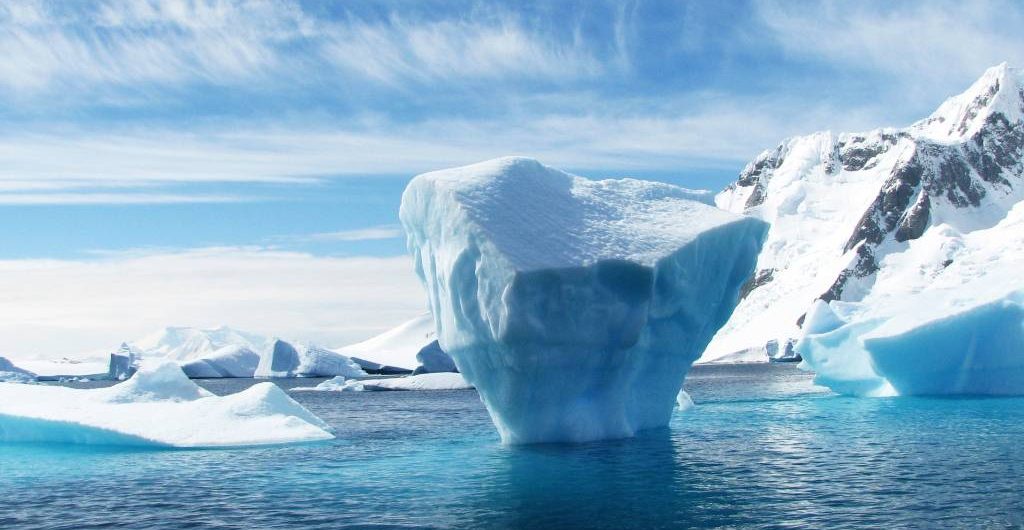
Antarctica, the southernmost continent on Earth, stands as a frozen wilderness of stunning beauty and scientific significance. This remote and inhospitable landmass, largely untouched by human habitation, holds numerous secrets about our planet’s past and future. In this article, we will explore the unique characteristics, history, and scientific importance of Antarctica.
Geography and Climate
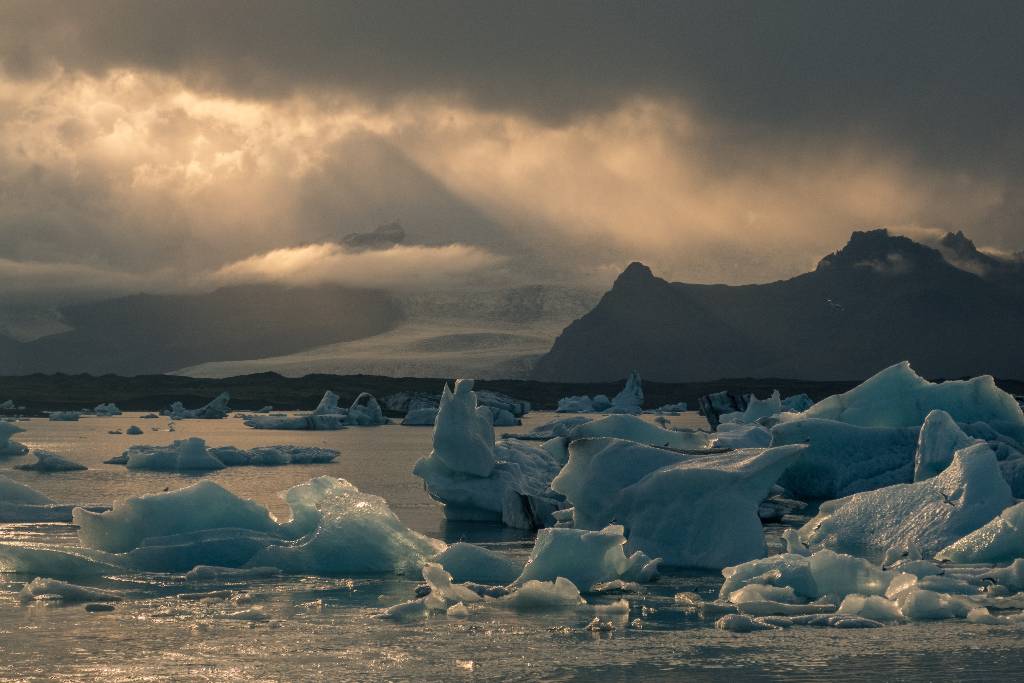
- Antarctic Continent: Antarctica is the fifth-largest continent, covering an area of about 14 million square kilometers (5.4 million square miles). It is surrounded by the Southern Ocean and is home to the South Pole, the point where all lines of longitude converge.
- Antarctic Peninsula: The Antarctic Peninsula extends toward South America and is the continent’s warmest region, experiencing milder temperatures and supporting some wildlife.
- Southern Ocean: The Southern Ocean encircles Antarctica, playing a crucial role in regulating the planet’s climate and supporting unique ecosystems.
- Extreme Weather Conditions: Antarctica is known for its extreme weather. It holds the world record for the coldest temperature ever recorded, reaching as low as -128.6 degrees Fahrenheit (-89.2 degrees Celsius). The continent is also characterized by its vast polar ice cap, which contains about 90% of the world’s fresh water.
Discovery and Exploration
Antarctica’s history is rich with tales of exploration, beginning with early navigators like James Cook and sealing captains in the 18th century. However, the race to explore Antarctica intensified in the 19th and early 20th centuries, with figures like Roald Amundsen and Robert Falcon Scott vying to be the first to reach the South Pole.
Scientific Exploration: Beyond the race for the pole, Antarctica has been a hub of scientific research. The first research station, McMurdo Station, was established in 1956, and numerous others have followed, enabling groundbreaking studies in various fields.
Flora and Fauna
Antarctica’s extreme climate has led to the evolution of unique adaptations in its flora and fauna.
Iconic Species
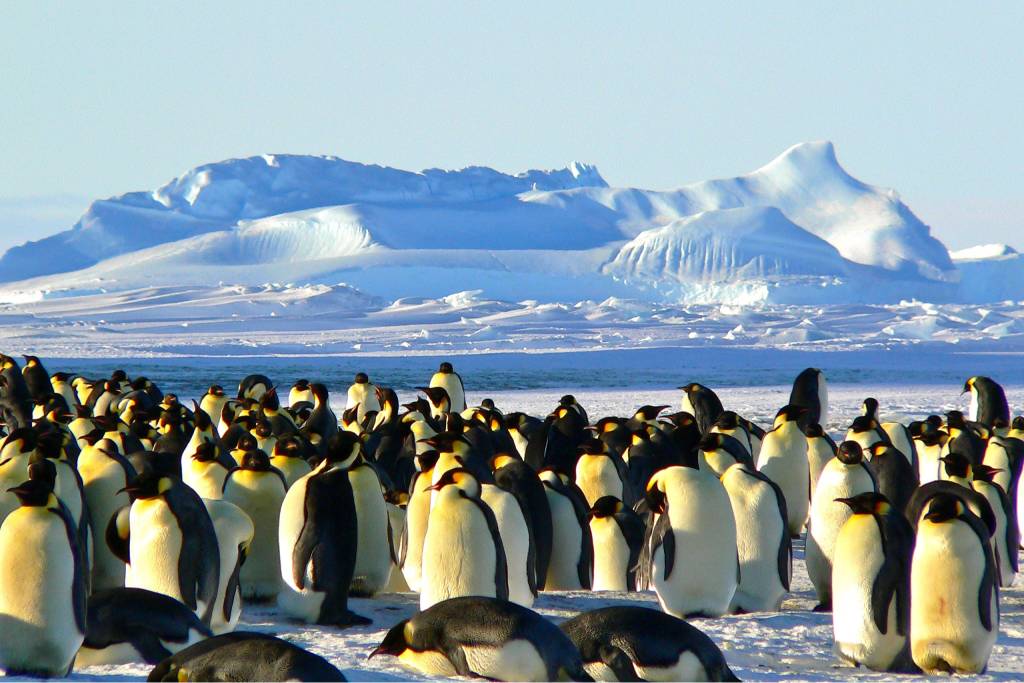
- Penguins: Adélie, Emperor, and Gentoo penguins are some of the penguin species that thrive in Antarctica.
- Seals: Weddell seals, leopard seals, and elephant seals are commonly found along the coastline.
- Whales: Various whale species, including humpback and minke whales, migrate to Antarctic waters.
- Microbial Life: Despite the harsh conditions, microbial life has been discovered beneath the ice, providing insights into the potential for life in extreme environments on other planets.
Environmental Challenges
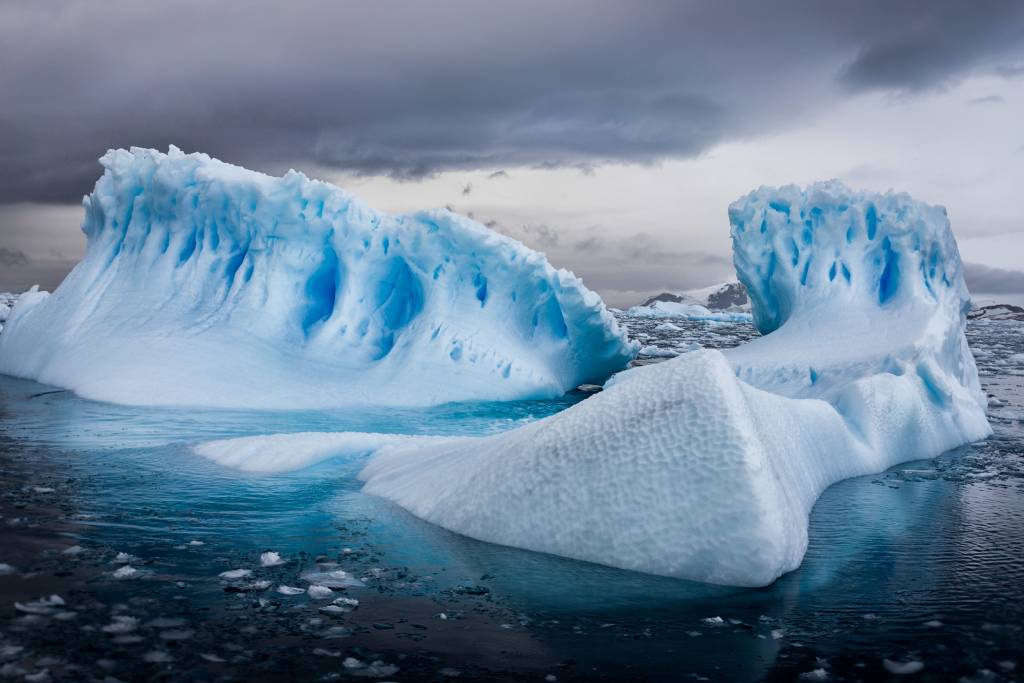
Antarctica is not immune to the global environmental challenges facing our planet.
- Climate Change Impact: The continent is particularly vulnerable to climate change, with rising temperatures leading to melting ice sheets and contributing to rising sea levels worldwide.
- Ozone Hole: Antarctica is home to the infamous ozone hole, a phenomenon caused by human-made chemicals that have damaged the protective ozone layer, leading to increased ultraviolet radiation.
- Conservation Efforts: International agreements and protocols have been established to protect Antarctica’s fragile ecosystem and limit human impact.
Scientific Research
Fields of Study
- Climate Science: Antarctica provides critical data on past climate conditions and helps scientists understand future climate trends.
- Oceanography: Researchers study the Southern Ocean to uncover its role in regulating the Earth’s climate.
- Biology: Antarctica’s unique ecosystems offer insights into extremophiles and adaptation to harsh conditions.
- Geology: The continent’s rock formations reveal its geological history and continental drift.
Human Presence in Antarctica
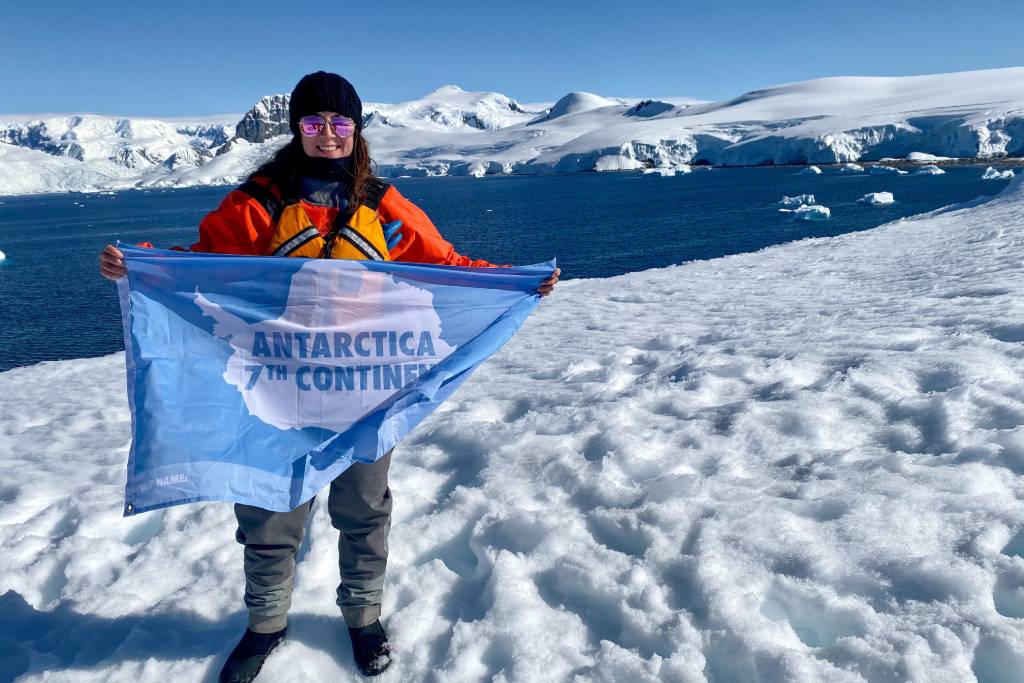
While the continent is largely uninhabited, a small human presence exists to support scientific research.
- Research Stations: Various nations operate research stations, where scientists and support staff live and work year-round.
- Sustainable Practices: Efforts are made to minimize the environmental impact of human activities in Antarctica, including waste management and energy conservation.
Tourism in Antarctica
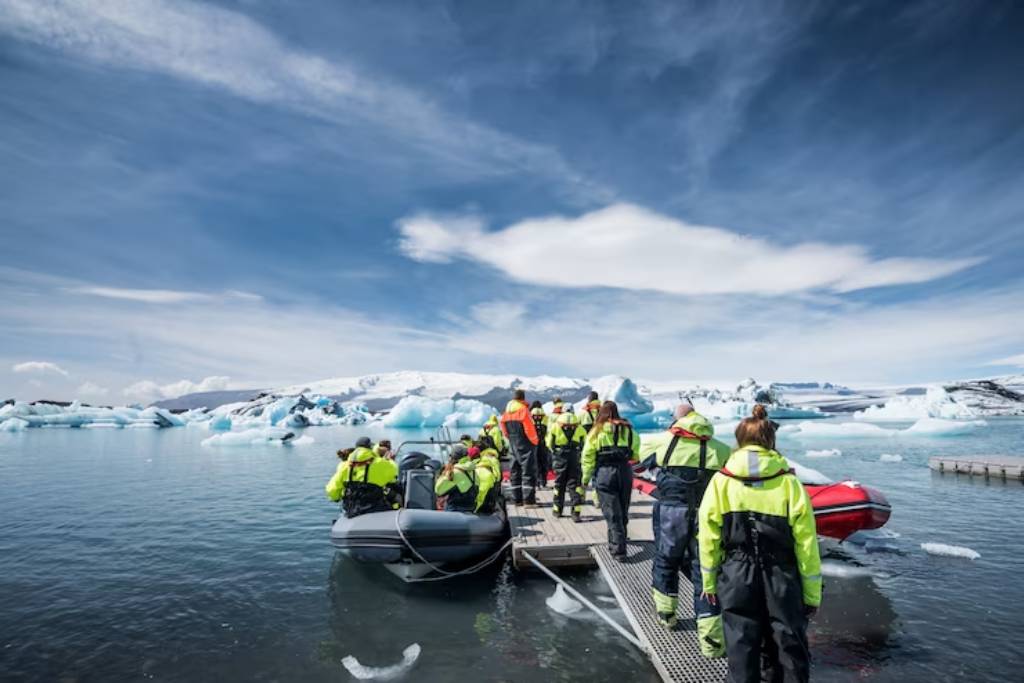
Antarctica’s pristine wilderness has attracted tourists seeking a unique adventure.
- Ecotourism and Regulations: Strict regulations are in place to protect the environment, including limits on the number of visitors and guidelines for responsible tourism.
- Impact on the Environment: The growing tourism industry raises concerns about its environmental impact, including the risk of introducing invasive species and disturbing wildlife.
Future of Antarctica
Antarctica’s future holds both challenges and opportunities.
- Climate Change Implications: Continued research in Antarctica is critical for understanding and mitigating the effects of climate change on a global scale.
- Scientific Discoveries: Antarctica will likely continue to yield groundbreaking scientific discoveries, from clues about Earth’s past to insights into the potential for life on other planets.
- Conservation and Preservation Efforts: International collaboration is essential to protect Antarctica’s fragile ecosystems and limit human impact.
- Geopolitical Considerations: The governance of Antarctica remains a complex issue, with multiple nations having territorial claims on the continent. Future geopolitical developments may shape its management.